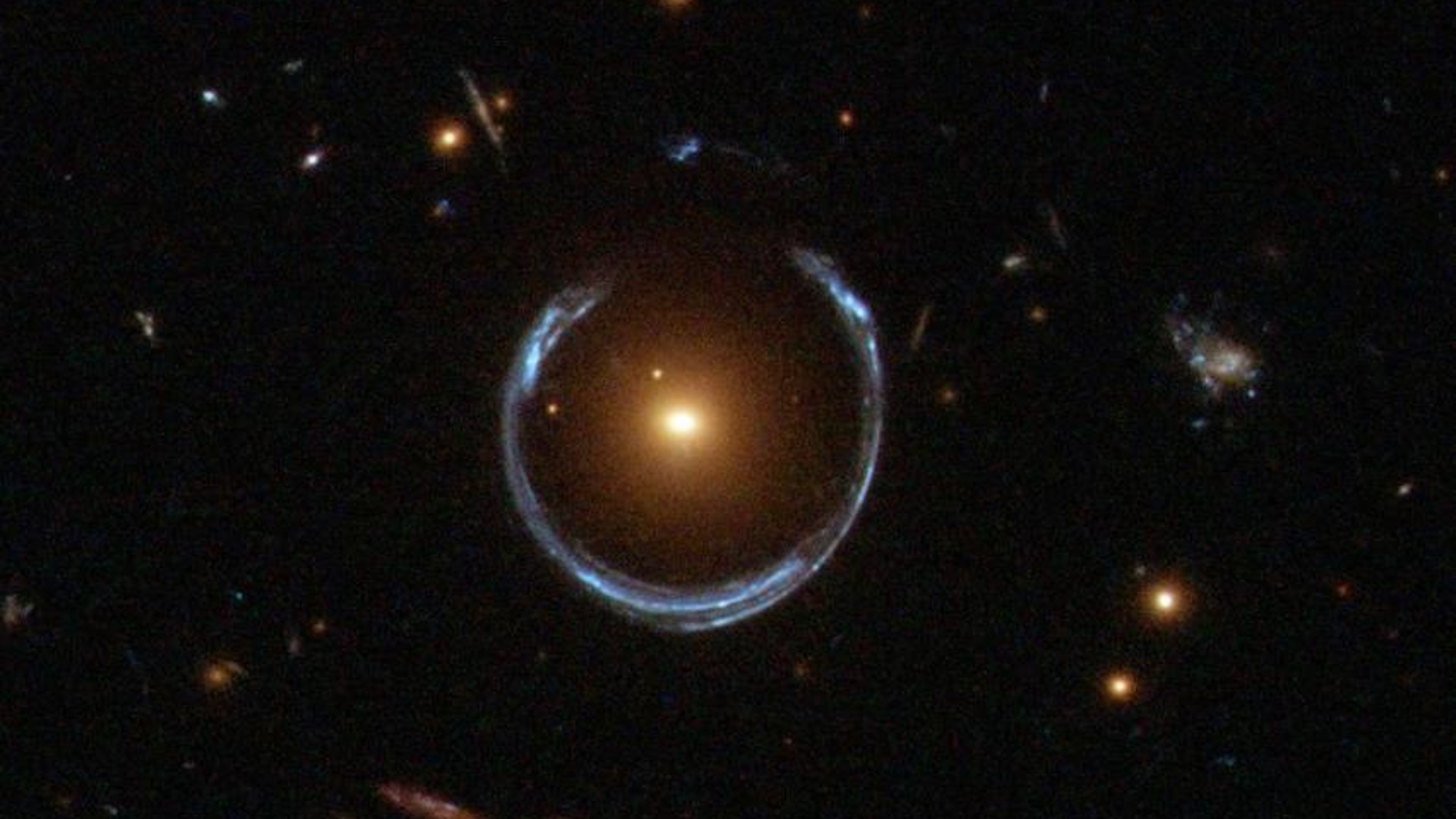Why Does Daylight Saving Time Begin at 2 a.m.?

Few people will likely wake up exactly at 2:00 a.m. local time to move the clock hand, or dial, forward an hour. But that's when daylight saving time officially begins on the second Sunday in March. It ends on the first Sunday in November, when clocks are turned back at 2:00 a.m. local time to read 1:00 a.m. That is, for everyone except those who live in Hawaii, American Samoa, Guam, Puerto Rico, the Virgin Islands, and by most of Arizona, with the exception of the Navajo Nation.
Why two o'clock? The thinking goes it's late enough that most people would be at home, with few bars and restaurants being affected. In addition, it prevented the date from switching to yesterday; it would be confusing if, say, we changed the clocks at midnight back to 11 p.m. The time is also early enough that the clock-hand change occurs before early shift workers and early churchgoers might be impacted, according to the WebExhibits, an online museum.
Turning clocks back in the fall could mean an extra hour at bars, which tend to close at 2 a.m., right? Not so, according to the California Energy Commission. Bars actually close at 1:59 a.m., so they are already closed when daylight saving time begins.
When it began
Daylight saving time has a rocky past. Established in the United States in 1918, daylight saving time was a contentious matter and was repealed in 1919. The standardized clock changes, however, were re-established nationally early in World War II and observed from Feb. 9, 1942 through Sept. 30, 1945.
After the war, U.S. states were free to choose whether to observe daylight saving time, and if they did, the calendar start dates of the time change. The result was time confusion for travelers and newscasters. In 1966, Congress enacted the Uniform Time Act, which stated that if any state observed daylight saving time, it had to follow a uniform protocol, beginning and ending on the same dates throughout the country.
The start and end dates have changed over the years, with the most recent change in 2007 setting the start date on the second Sunday in March and end date on the first Sunday in November – adding four weeks to the total stint compared with years prior.
Get the world’s most fascinating discoveries delivered straight to your inbox.
Saving energy
The idea of saving energy was one primary motivation behind the 2007 shift, but it's arguable whether the change will be worthwhile. In 2007, the California Energy Commission estimated that the extra month would save the state only one-half of 1 percent of their current energy expenditures.
Here's what the Department of Energy found when they looked back at energy saved nationally in 2007, by extending the DST:
- Total electricity savings: about 1.3 Tera Watt-hour (TWh). That corresponds to 0.5 percent per each day of extending DST, or 0.03 percent of electricity consumption over the year, which was 3,900 TWh.
- The electricity savings generally occurred over a three- to five-hour period in the evening though there were small increases in usage during the early-morning hours.
- On a daily percentage basis, electricity savings were slightly greater during the March (spring) extension than the November (fall) extension.
Follow Life's Little Mysteries @llmysteries. We're also on Facebook & Google+.

